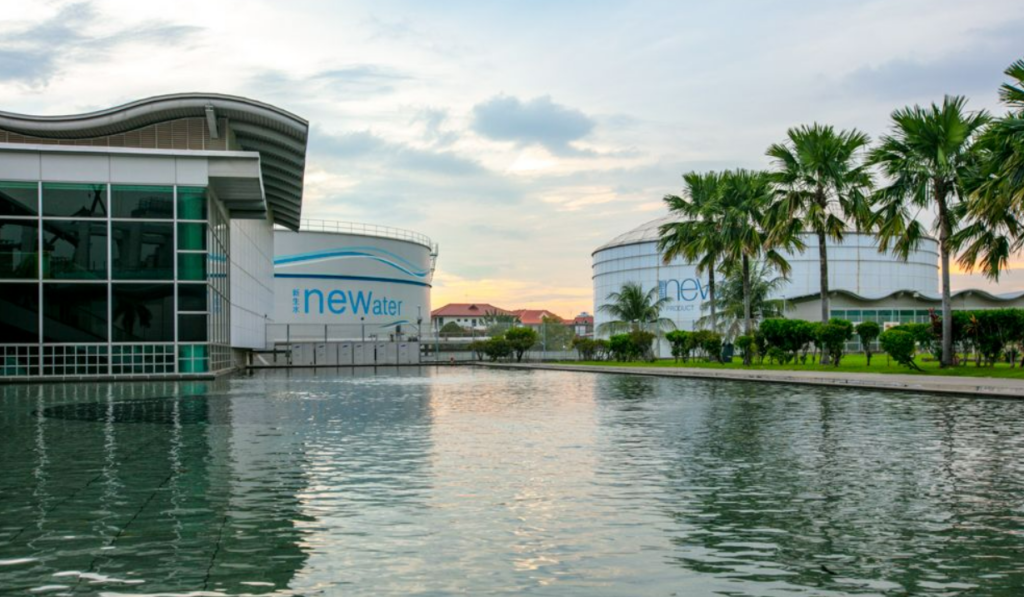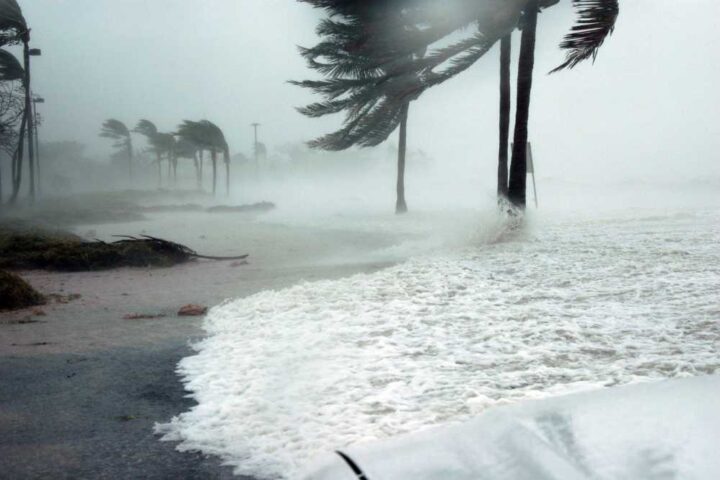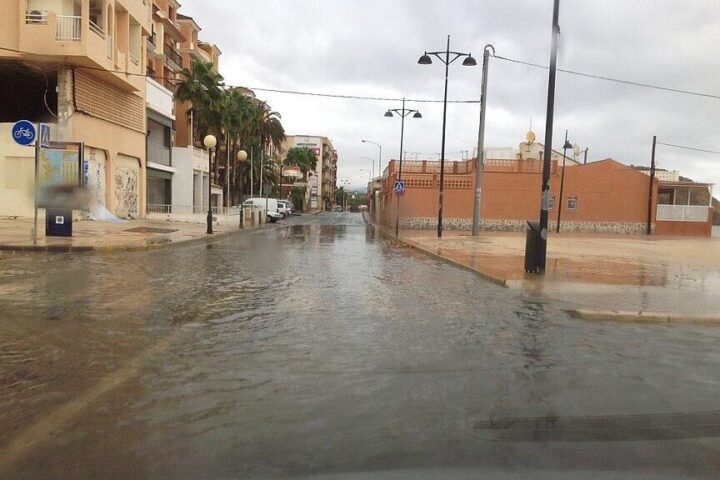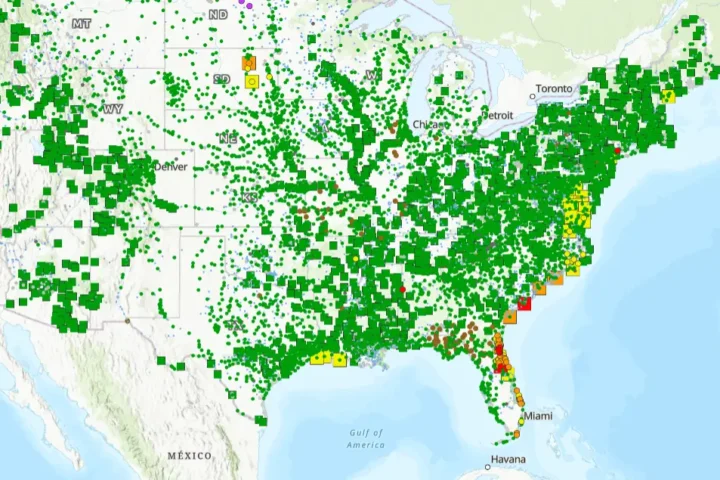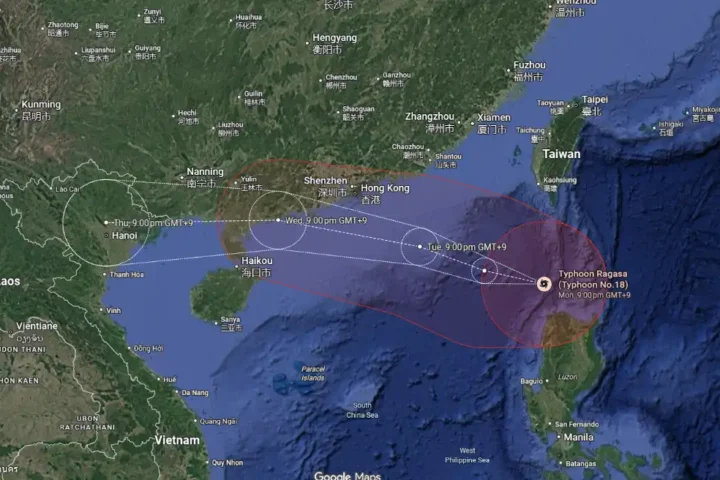An oil and gas leak at Pemex’s refinery in Deer Park, Texas, has left residents wondering about their safety and the potential health risks associated with hydrogen sulfide exposure. The leak, which occurred on Thursday, released 43,500 pounds of highly toxic hydrogen sulfide gas over more than seven hours, according to Pemex’s disclosure to the Texas Commission on Environmental Quality. This discharge exceeded the hourly emission limit for the dangerous gas by more than 800 times.
Hydrogen sulfide, often referred to as H2S or “swamp gas,” is notorious for its “rotten egg” smell. However, the chemical is highly flammable and potentially lethal in high exposure. Harris County Pollution Control monitors for the chemical because it is a byproduct of oil refining. The data from each testing site isn’t easy to read unless you have a chemistry degree, but since the county started checking H2S levels at these locations on Thursday around 6 p.m., their meters have been reading zero parts per million, indicating no sign of any H2S.
UH Petroleum Engineering Professor Raman Krishnamoorti says if you ever see 300 parts per million, you are now in a dangerous situation. According to the Centers for Disease Control, 700 parts per million can lead to unconsciousness and death. Professor Krishnamoorti believes if you smelled that rotting egg smell near Deer Park on Thursday, you probably experienced around 10 to 20 parts per million, which is a low cause for concern.
“You will have a pretty strong smell of rotten eggs at about 20 parts per million,” Professor Krishnamoorti said. “If they smelled it, it was still probably safe for them. They probably were exposed to it, but not at toxic levels. The problem with hydrogen sulfide is once a concentration goes up, you stop smelling it. And that becomes even more dangerous.”
The incident resulted in two deaths and 35 injuries, workers remaining hospitalized after being exposed to the leak. The U.S. Chemical Safety and Hazard Investigation Board (CSB) has begun a probe of what it described as a “very serious incident,” with investigators expected to arrive at the refinery on Saturday.
However, Pemex’s handling of the incident has been criticized for its delayed public notification and poor communication. The company initially posted vague alerts about routine maintenance rather than addressing the ongoing toxic leak, leaving residents exposed to harmful fumes without warning. This delay in notifying the local community has raised concerns about the company’s transparency and emergency response protocols.
The release of 43,500 lbs of hydrogen sulfide into the atmosphere poses significant environmental risks. Hydrogen sulfide is a highly toxic gas that can cause severe air pollution, affecting both human health and local wildlife. Monitoring air quality and assessing the long-term environmental damage are crucial steps that need to be addressed. The immediate medical response involved treating 35 injured individuals, but long-term health monitoring for those exposed is necessary to ensure their well-being.
Similar Posts
Pemex has a history of safety incidents at its refineries, both in Mexico and abroad. The Deer Park refinery, previously operated by Shell, has also experienced safety issues in the past. In 2021, Shell disclosed that it sold its interest in Deer Park to Pemex for some $596 million. Pemex’s domestic refineries have for years suffered major accidents, including explosions and fires, that have caused deaths in Mexico.
Industry experts have criticized Pemex’s handling of the incident, particularly its communication failures. Experts suggest that better safety protocols and more transparent communication with the public could prevent such incidents in the future. The Occupational Safety and Health Administration (OSHA) tells 13 Investigates it has not inspected the Pemex Deer Facility since it took it over from Shell, but the agency is investigating Thursday’s fatal incident.
The leak exceeded the legal emission limit by more than 800 times, highlighting the severity of the incident. Comparing this data with other similar incidents can provide a clearer picture of the scale of the leak and its implications. While the Buzbee Law Firm has been retained by affected families, exploring the potential legal consequences for Pemex in depth, including possible lawsuits and fines, would provide a clearer picture of future developments.
As investigations continue and the refinery operates at a low level over the weekend, the community is left grappling with the immediate and long-term consequences of this incident. The tragic loss of life, the injuries sustained by workers, and the potential health and environmental impacts serve as a stark reminder of the risks associated with oil and gas facilities. It is imperative that companies like Pemex prioritize safety, transparency, and effective communication to prevent such incidents from occurring in the future.

